Simple Summary
The current need to reduce costs in research and diagnostic histopathology is fueling the development of new technologies. Tissue microarray (TMA) technology facilitates the simultaneous preparation of multiple tissue samples, their expeditious analysis, and a much more accurate diagnostic. The sectionable support matrix with multiple receptacles (for placement of core tissue samples collected from “donor” paraffin blocks) developed in our laboratory reduced the total histopathological costs (time and consumables) by 71%, while archiving and storage costs were reduced by 96%. We also observed that the quality of the “donor” paraffin blocks has an important influence on successfully multiplexing tissue samples. Despite the constant pressure for cost cutting and fast turnaround times, appropriate tissue processing should never be overlooked.
Abstract
In the context of cost increases of both labor and consumables, cheaper and faster histopathology methods are needed. We implemented in our research laboratory the use of tissue microarrays (TMA) for the parallel processing and analysis of tissue samples. In this study, we used seven pre-processed, paraffinated biomimetic sectionable support matrices serving as “recipient” paraffin blocks to embed a total of 196 tissue cores from formalin-fixed paraffin-embedded tissue samples (serving as “donor” paraffin blocks) from seven different rabbit organs. These tissue samples were obtained using four different processing protocols: two 6 h protocols with xylene as the transition solvent, and two using butanol instead (one 10 h in duration and the other 72 h long). While the samples from protocols 1 and 2 (with xylene) quite regularly generated peeling of some of the cores from the slides (most likely because of substandard paraffin infiltration), butanol processing performed flawlessly for both processing protocols. Our proposed technique of using TMAs in the research laboratory brings with it a significant reduction in time and consumable costs (up to 77 and 64%, respectively), but also new challenges for all the upstream processes.
Vet Sci. 2023 Apr; 10(4): 280. Published online 2023 Apr 6. doi: 10.3390/vetsci10040280

